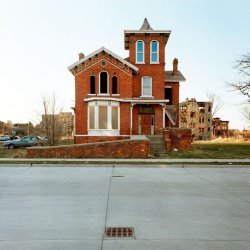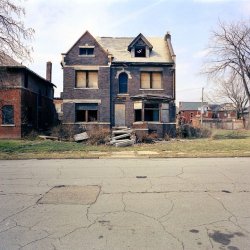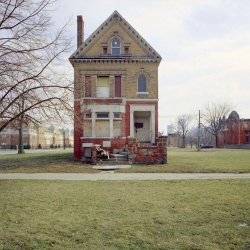Mindful
Diamond Member
- Banned
- #1
Detroit's population has fallen steadily since the heyday of the auto industry in the 1950s, when it peaked around two million, to just a little over 700,000 in 2010. Disappearing jobs and burgeoning mortgage has driven even stable, middle-class families to the suburbs leaving thousands and thousands of homes and properties behind. According the Census Bureau, the number of vacant housing units doubled in the past decade to nearly 80,000, more than one-fifth of the city's housing stock. Even though the city has been demolishing about 1,000 broken-down houses a year, they can’t keep up with the rate at which families are abandoning them.
Photographer Kevin Bauman through his project 100 Abandoned Houses brings attention to the problem of vacant properties in Detroit.
 www.amusingplanet.com
www.amusingplanet.com
Photographer Kevin Bauman through his project 100 Abandoned Houses brings attention to the problem of vacant properties in Detroit.




